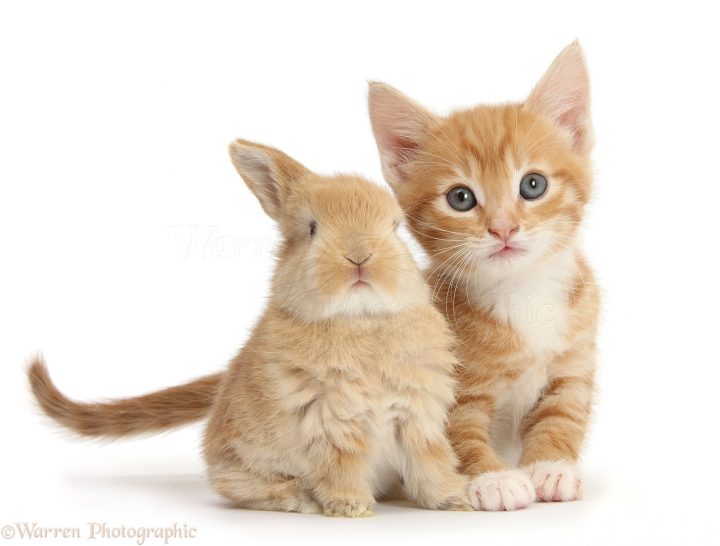Only some species of felids can purr

Only some species of felids can purr.


Purring is a well-known characteristic of domestic cats, but did you know that not all species of felids possess this ability? The ability to purr has fascinated researchers and animal enthusiasts for years, and it remains a unique trait among the feline family. In this article, we will explore why only some species of felids can purr and the reasons behind this intriguing phenomenon.
The felid family, scientifically known as Felidae, consists of a wide variety of species, including both big and small cats. While domestic cats, such as the popular Maine Coon or Siamese breeds, are known for their distinct purring sounds, larger felids like lions, tigers, and cheetahs cannot produce the same purr-like vocalization.
Research has shown that the ability to purr is primarily limited to smaller felids. Species like domestic cats, bobcats, and lynxes are among those that possess this unique vocalization. The specific anatomical structure of their larynx and the hyoid bone, which supports the larynx, allows them to produce the rhythmic sound that we recognize as purring.
The purr sound is created as the felid inhales and exhales, causing the vocal cords to vibrate. This vibration occurs at a specific frequency, typically between 20 and 150 Hertz, which is below what the human ear can detect. Interestingly, felids that can roar, such as lions and tigers, have a different anatomical structure that inhibits them from purring. The unique laryngeal configuration in these big cats prevents the vocal cords from vibrating in the same way as those of purring felids.
So, why do felids purr in the first place? While the exact reason is not fully understood, purring is believed to serve multiple purposes. In domestic cats, purring is commonly associated with contentment and relaxation. It can also indicate a state of comfort or act as a self-soothing mechanism. Additionally, research suggests that purring may play a role in healing and self-repair, as the vibrational frequency may stimulate bone regeneration and promote overall well-being.
Understanding why only some felids can purr opens up a fascinating realm of study within the field of animal behavior. The distinctions between purring and roaring felids further emphasize the vast diversity within the feline family. Further research may provide valuable insights into the evolutionary origins and potential advantages of both vocalizations.
To delve deeper into the topic, check out this informative article by Discover Wildlife: Why can only big cats roar?. It provides a comprehensive exploration of the unique vocal abilities within the felid family and the factors that contribute to these distinctive traits.
In conclusion, while purring is a captivating behavior observed in certain felid species, it is important to remember that not all cats possess this ability. The anatomical differences among felids determine their vocal capabilities, with smaller cats exhibiting the soothing and comforting purr, while larger cats demonstrate their dominance through powerful roars.
Disclaimer: The images used in this article are for illustrative purposes only and do not represent specific species discussed within the content.
Tags
Share
Related Posts
Quick Links
Legal Stuff

